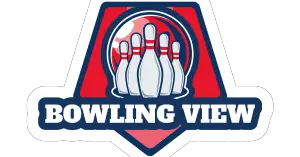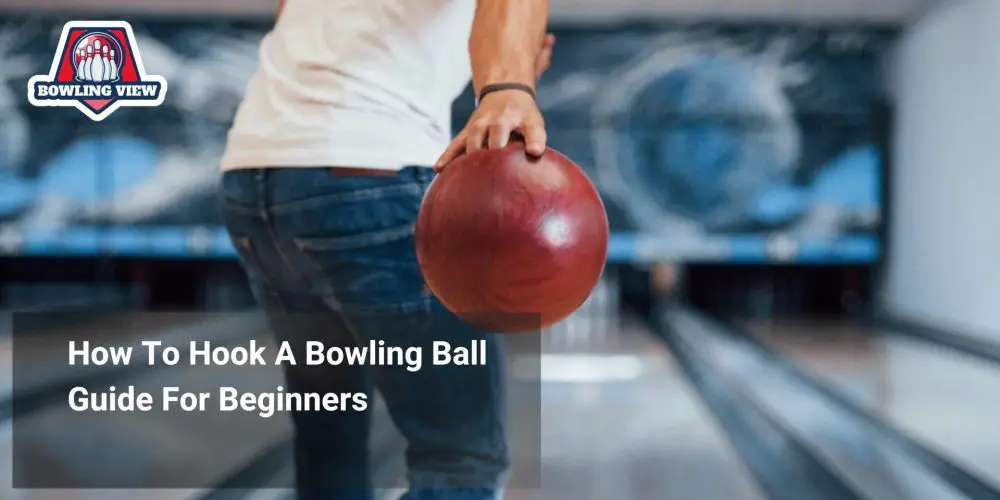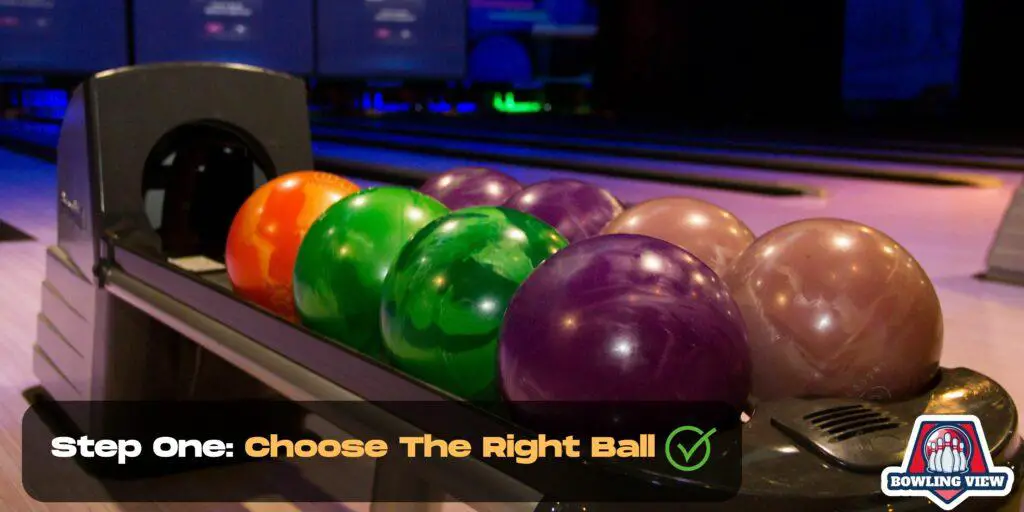How to Hook a Bowling Ball might seem like a challenging task, but don’t fret! You can master this skill with some basic understanding of the technique and regular practice.
This comprehensive guide will walk you through the process, improving your bowling skills, and getting you closer to achieving that elusive perfect score.
Understanding Bowling Terminology
Before we delve into how to hook a bowling ball, it’s crucial to familiarize yourself with some bowling terminology. This knowledge will help you follow the guide and comprehend the techniques better.
- Bowling Ball: This is your primary tool. The weight of the ball and its coverstock (outer layer) can significantly affect the ball hook.
- Lane Conditions: The oil pattern on the bowling lane affects how your ball travels down the lane. The oil can make the ball slide straight or hook, depending on its distribution.
- Hook: When the bowling ball travels in a curved path instead of straight down the lane, it’s called a hook.
- Foul Line: You must not cross this line when releasing the ball onto the lane. It’s at the end of the approach area.
- House Ball: These are the balls provided by the bowling alley. Getting your own ball at a pro shop is advisable, as house balls aren’t designed for hook shots.
- Pro Shop: A specialized store for bowling equipment. They can help you find the right ball and even customize your grip.
Essential and Optional Equipment: How to Hook a Bowling Ball
| Must Haves | Nice to Haves |
|---|---|
| A reactive ball designed for hook shots | Custom drilled ball from a pro shop |
| Understanding of lane conditions | Personalized bowling shoes |
| Basic knowledge of how to hold and release a ball | Regular practice time at the bowling alley |
| Knowledge of your bowling ball’s weight | Private coaching |
How To Hook A Bowling Ball: Step-By-Step Guide
Whether you’re a beginner bowler hoping to add a hook to your repertoire, or an experienced player looking to advance your game, learning how to hook a bowling ball can dramatically increase your scoring potential. In this step-by-step guide, we will walk you through the techniques and adjustments needed to master this critical skill effectively.
Step One: Choose The Right Ball
To effectively throw a hook, you need a ball designed for the task. Reactive balls are a good choice. They are designed to hook and react to lane conditions, thanks to their unique coverstock.
The ball’s weight also matters. Therefore, it’s recommended to use a ball that’s 10% of your body weight, up to 16 pounds.
Step Two: Understand The Grip
There are two common types of grips: conventional and fingertip. For hook shots, the fingertip grip is preferred. In this grip, your middle and ring fingers are inserted up to the first knuckle while the thumb is fully inserted.
The ball rests on the pads of your hand, not the palm. This setup allows for better rotation and lift, which are crucial for a successful hook shot.
Step Three: Hold The Ball Correctly
Hold the ball close to your body, with your hand under the ball and your elbow tucked in.
Your thumb should be at about 10 o’clock position if you’re a right-handed bowler (or 2 o’clock if you’re left-handed). This “handshake position” ensures a proper release point for the hook.
Step Four: The Approach
As you approach the foul line, keep the ball in line with the shoulder of your bowling arm, and let your arm swing like a pendulum. This straightforward motion helps to maintain control and aim the ball properly.
Step Five: Releasing The Ball
The point of release is when you start to slide into your final step. At this point, you’ll be rotating your hand and wrist slightly counter-clockwise (or clockwise for left-handers).
To get the ball to make a hook, release the ball onto the lane by allowing the thumb to exit the ball first, followed by a quick lift and release of your middle and ring fingers.
This motion spins the ball initially, which is necessary for the hook. It’s like turning a doorknob or trying to spin a tennis ball in your hand.
Step Six: Practice and Adjust
Finally, practice your hook shot regularly. Observe how the ball travels across the lane, note where it starts to hook and adjust your throw accordingly.
Remember, hooking a bowling ball is as much about accuracy and consistency as the actual technique.
Understanding Types of Bowling Balls for Hooking
The type of ball you use when hooking a bowling ball can significantly affect your game. Let’s explore some common types of bowling balls used for hooking.
Reactive Resin Ball:
As mentioned above, these are the most aggressive balls, providing the most hook potential due to the tacky coverstock that grips the lane better.
The reactive resin balls are ideal for bowlers looking to improve their hooking skills. However, they require more maintenance to keep their reactivity.
Urethane Ball:
These were the first balls to allow bowlers to hook the ball on lane conditions.
They offer more control over the ball’s movement than reactive balls and are excellent for intermediate bowlers looking to enhance their hook.
Particle (Proactive) Ball:
These balls have additives in the coverstock, increasing the friction between the ball and the lane, making them essentially reactive. Additionally, This makes them perfect for oily lane conditions.
Plastic/Polyester Ball:
Beginners often use plastic or Polyester balls. They offer minimal hook potential and are mainly used for straight shots. But they can be used for hooking on dry lane conditions.
Hybrid Ball:
These balls are a mix of reactive resin and particle balls. They provide a balance between the skid of reactive resin balls and the hook potential of particle balls. They’re ideal for different lane conditions and offer a balanced reaction on the lane.
Pro Tips on How to Hook a Bowling Ball
Mastering the art of hooking a bowling ball can significantly elevate your game, transforming you from a casual player into a formidable competitor.
Below, we’ve curated a set of professional tips to guide you on this journey, offering insights into intricate techniques, maintenance routines, and the selection of the right ball. Let’s dive into the world of hooking a bowling ball!
Tip 1 – Practice Your Release Without A Ball:
One of the most challenging aspects of learning to hook a bowling ball is mastering the release. Try practicing your wrist motion and the timing of your release without a ball first. This helps to get a feel for the movement before introducing the ball’s weight.
Tip 2 – Experiment with Different Hook Grips:
While the fingertip grip is the most common for hooking, there are variations of this grip that you might find more comfortable or effective. For example, the semi-fingertip grip, where the fingers are inserted between the first and second knuckles, can offer more control over the hook.
Want to know more about semi-fingertip grip, read > How To Hold A Bowling Ball.
Tip 3 – Follow Through:
The follow-through is crucial for a successful hook shot. After releasing the ball, your hand should continue its upward motion. A good follow-through ensures the ball stays on the intended path and gains the right momentum.
Tip 4 – Observe Your Ball’s Movement:
Be attentive to how your ball reacts after you release it. This can provide valuable information about what you might need to adjust in your throw, whether it’s your starting position, the angle of your approach, or your release point.
Tip 5 – Regular Maintenance of Your Ball:
The condition of your bowling ball can significantly impact its performance. Regular cleaning and maintenance of the ball, especially for reactive resin balls, can help maintain its hooking capabilities.
Tip 6 Seek Professional Coaching:
While learning on your own is certainly possible, professional coaching can expedite your progress significantly. A seasoned coach can provide personalized tips and adjustments to your technique that can make a big difference in your bowling game.
For more information and resources, visit the United States Bowling Congress (USBC), which provides comprehensive guides to help players at all levels.
Remember – learning to hook a bowling ball effectively takes time and practice. Don’t get discouraged if you don’t see immediate results. Keep practicing, and over time, you’ll start to see improvements.
Remember – the “right ball” may vary for different individuals, depending on factors like personal comfort, lane conditions, and skill level.
It’s advisable to test different balls and observe their behavior on the lanes before settling on the one that suits you the best. It’s always a good idea to consult a pro shop for personalized advice.
Conclusion
Learning to hook a bowling ball is an exciting step forward in your bowling journey. This skill can significantly improve your scoring potential and make the game enjoyable.
As you practice, try to feel the motion, adjust your release point based on the ball’s movement, and, most importantly, have fun! Bowling is a game, after all. Good luck, and may you get your first strike soon!
Frequently Asked Questions
To make your bowling ball hook more, you can adjust the angle of attack when releasing the ball.
You can also try changing the layout of your bowling ball by drilling new holes or using different weights to shift its center of gravity.
Additionally, you should select a reactive resin coverstock that will provide extra hook potential on lane conditions that are drier and/or heavily oiled. Moreover, making sure you have the right surface finish is important for enhancing hook potential; if needed, have your bowling ball resurfaced to get more friction and bite for added traction on lanes.
Finally, practicing regularly with different techniques such as adjusting speed and release timing will help to improve your accuracy in delivering larger hooks on lanes.
There can be several reasons why you may not be able to hook your bowling balls, such as having the wrong center of gravity and coverstock combination, the wrong ball surface finish for lane conditions that are too dry or heavily oiled, or even incorrect release timing and speed.
It is important to carefully select a bowling ball with the appropriate weight and materials to increase its hook potential while also practicing different techniques to improve accuracy when delivering hooks onto lanes.
For beginners, bowling a hook can be done by making adjustments to your stance and delivery. You should keep your shoulders open and stand closer to the lane, as this will give you more power in the throw while also providing an angle that increases spin on the ball.
When delivering the ball, you should focus on rolling it off your fingers rather than pushing or pulling your arm, which will help maintain control of the direction of its spin.
Additionally, adjusting how much or little axis rotation you put into each roll can control how strong of a hook pattern you create when releasing it toward pins. With practice and experimentation with different combinations of stances, deliveries, and spins, any beginner bowler can learn how to successfully execute hooks onto lanes.
Yes, you need to hook a bowling ball to control the direction and spin of your roll. Hooking the ball involves adjusting your stance and delivery angle so that more axis rotation is added when releasing it onto the lane.
This will help create a stronger hook pattern with more pin action when aiming for pins. Practice and experimentation are still important to successfully execute hooks as a beginner bowler.
When bowling a hook, you should stand closer to the middle of the lane than you would normally for a straight shot. You should have your feet in line with each other and slightly close together.
Your feet should be positioned so that they point toward the desired target pocket.
The angle of your arm swing when releasing the ball should be more acute than normal, helping to create more axis rotation and generate spin on the ball for maximum hook potential.
When aiming for a hook, you should aim at the center of the pins and break your target into three parts – the 1-3 pin, 5-9 pin, and 10 pins.
When releasing the ball, you will want to have your feet pointed toward one side of these sections to generate spin on the ball as it moves toward your desired pocket.
This spin causes a curve or hook effect as it reaches closer to the pins. Adjusting where you aim slightly can have dramatic effects on how much spin or hook is generated from each shot. Good practice makes perfect!



